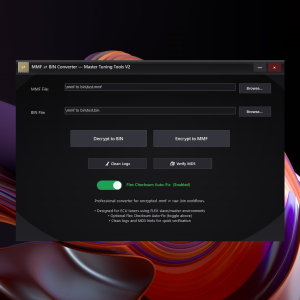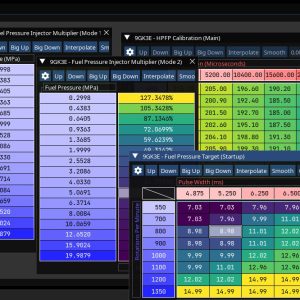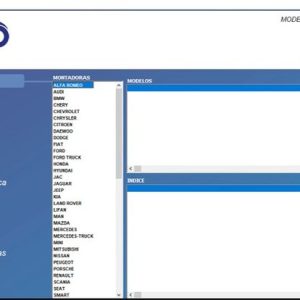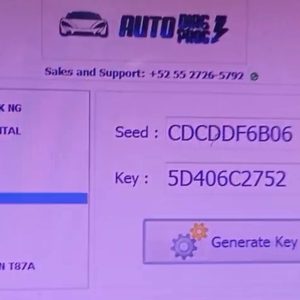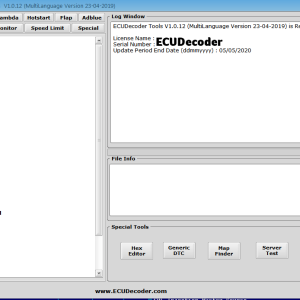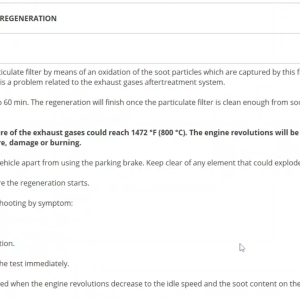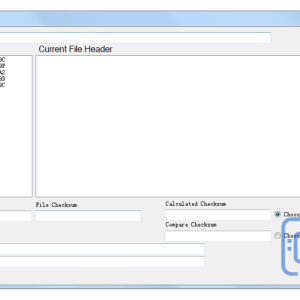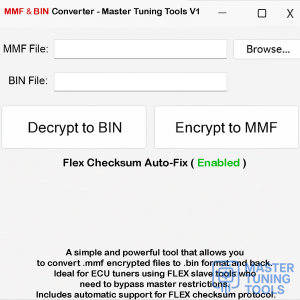Understanding Stage 2 Tuning
Stage 2 tuning is a significant step up from Stage 1, focusing on extracting more power and efficiency from an engine that has undergone hardware modifications. This type of tuning typically requires enhanced components to support increased performance levels.
Key Components of Stage 2 Tuning ⚙️
- 🔧 Upgraded Exhaust System: A performance exhaust system reduces back pressure, allowing for better exhaust flow.
- 🔧 Improved Intake System: High-flow air filters and intake manifolds increase air delivery to the engine.
- 🔧 Intercooler Upgrade: A larger intercooler helps maintain optimal air temperatures, improving combustion efficiency.
- 🔧 ECU Remapping: The engine control unit (ECU) is recalibrated to optimize fuel maps, ignition timing, and boost pressure.
Benefits of Stage 2 Tuning 🚀
- ✅ Increased Horsepower: Depending on the vehicle and modifications, horsepower can increase significantly.
- ✅ Improved Torque: Enhanced torque delivery offers better acceleration and responsiveness.
- ✅ Enhanced Throttle Response: More immediate throttle response improves driving dynamics.
- ✅ Better Fuel Efficiency: Optimized tuning can lead to improved fuel economy under certain driving conditions.
Considerations Before Stage 2 Tuning ❌
- ⚠️ Vehicle Compatibility: Ensure your vehicle is suitable for Stage 2 tuning and has the necessary hardware upgrades.
- ⚠️ Warranty Implications: Modifications may void manufacturer warranties; consult with the manufacturer.
- ⚠️ Legal Compliance: Check local emissions regulations, as some modifications may not be street legal.
Real-World Examples of Stage 2 Tuning
Many enthusiasts have reported significant improvements after Stage 2 tuning. For instance:
- 🚗 Volkswagen Golf GTI: After Stage 2 tuning, owners have noted increases of up to 70hp when paired with an upgraded exhaust and intake system.
- 🚗 Ford Mustang EcoBoost: With a proper ECU remap and intercooler upgrade, drivers experienced a boost of over 50hp.
Tools for Stage 2 Tuning 🔧
To perform Stage 2 tuning effectively, several tools and software are essential:
- 🔧 ECU Remapping Software: Tools like ECM Titanium or WinOLS allow for detailed tuning adjustments.
- 🔧 Diagnostic Tools: OBD-II scanners help monitor vehicle performance and diagnose issues post-tuning.
- 🔧 Dyno Testing: Utilizing a dynamometer provides real-time feedback on performance gains.
Conclusion
Stage 2 tuning represents a pivotal enhancement for performance enthusiasts looking to maximize their vehicle’s capabilities. With the right modifications and tuning strategies, significant improvements in power, torque, and overall driving experience are achievable.

